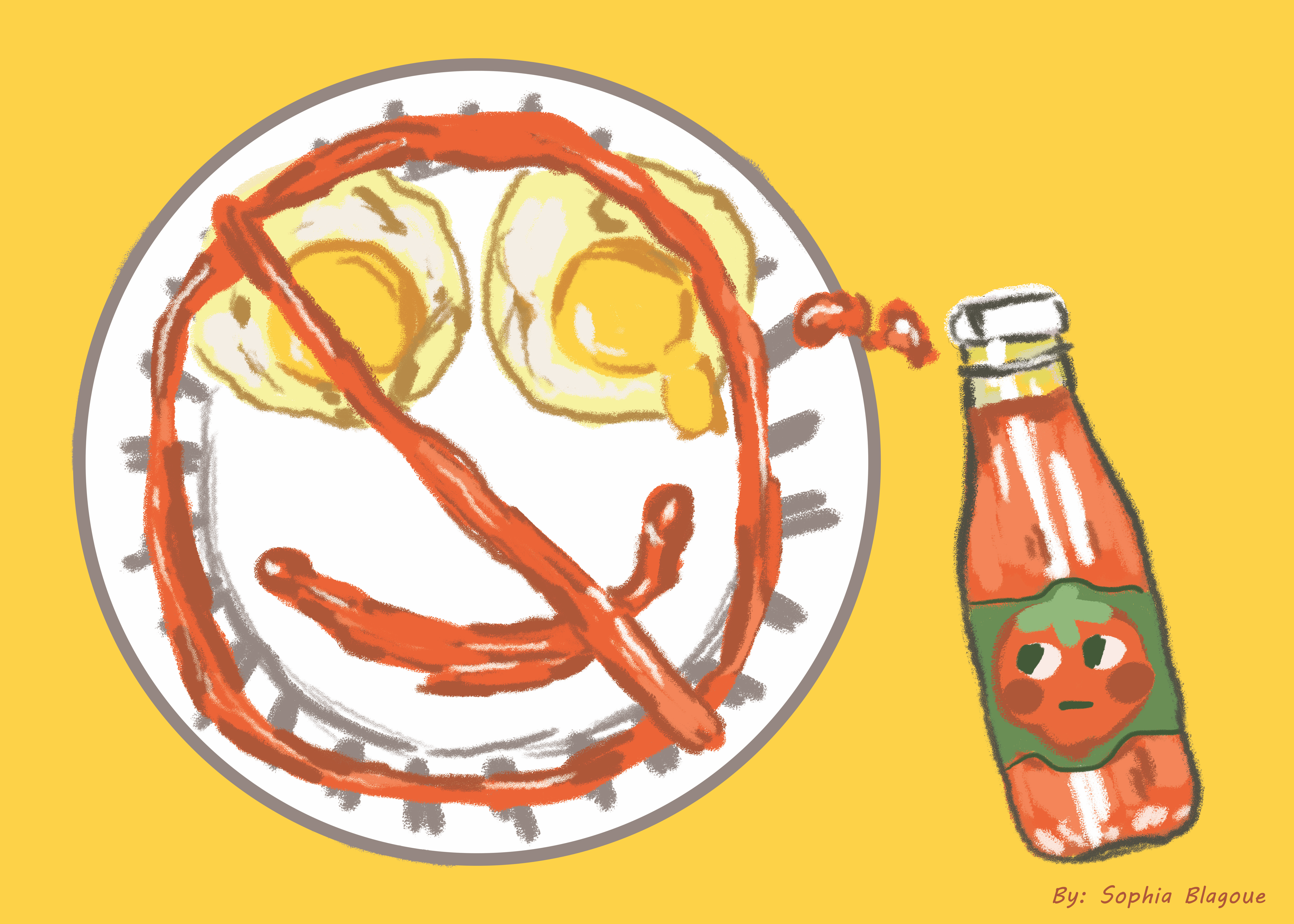by Gary Chapman
I think we can all agree that most Hollywood films do not depict mental illness well, most of the time. This is a problem that happens either with people who don’t do their research or they do do it, but mess up. This film is in both camps. Today, I’m going to be talking about the Golden Globe-nominated — but critically smashed — film “Music” by Sia.
The first problem is how the main character is a non-verbal, Autistic child but is depicted by a neurotypical child. The role is played by Sia’s favorite, Maddie Ziegler, instead of an actor on the Autism spectrum. Maddie did show concern for how she was depicting Music, but Sia pressed her on.
Sia has gone back and forth with her reasons on why she cast Maddie in the role with her saying that, “I actually tried working with a beautiful young girl, non-verbal, on the spectrum and she found it unpleasant and stressful. So that’s why I cast Maddie.” But, in January, she said that “[…] I can’t do a project without her. I don’t want to. I wouldn’t make art if it didn’t include her [Maddie Ziegler].”
Another major problem is how the character is really exaggerated compared to how someone with Autism acts. As someone who is on the spectrum and has a non-verbal sister, the film is like how someone makes fun of someone with autism. This film is like a minstrel show where it is someone pretending to be a group and using exaggerated action/stereotypes for entertainment purposes.
The film also uses the trope of the neurotypical person being used to make the main protagonist’s life better, which that trope is bad and overdone.
The film also….has blackface. In the opening sequence of the film, there is a scene with Music (yes, that is her name) wearing brown makeup and wearing a wig with dreads on it. Music is also a biracial character, yet Maddie is white. The film also uses the “magical Black man” trope, where a POC comes to the help of the white protagonists. With Broadway favorite, Leslie Odom Jr. playing Ebo Obom, the neighbor of Music and Zu (yes, that is the main character’s name).
Now, let’s go to the big pink elephant in the room. There is a scene where Music is having a meltdown, and Ebo decides to use prone restraint. Prone restraint is a controversial technique of putting your weight on the (usually smaller) child.
Ebo in the film said that it was “crushing her with my love”; that’s a big yikes on my end.
Prone restraint has resulted in injury and death. Max Benson was 13 when he was forced into restraint for 90 mins for “predictable behavior,” was forced to vomit and urinate on himself, passed out and later died at the now-defunct Guiding Hands School, according to the California Department of Education. In June of 2020, Eric Parsa was having a meltdown (which is involuntary and usually caused by sensory overload) at a laser tag place in Metairie, LA when police, after Parsa hit the officer, restrained him for 9 minutes and 6 seconds, and refused to de-escalate, which caused him to pass away, according to a lawsuit against the police department by the parents.
Tauna Sysmanski, executive director of CommunicationFIRST, an organization that helps the civil rights of non-verbal Americans, said that, “MUSIC’s restraint scenes will undoubtedly cause harm to autistic people. Because many autistic people have experienced restraint, some will be traumatized by watching the film. The movie also irresponsibly suggests that people experiencing meltdowns should be restrained, which could not be further from the truth [and that] we are saddened that the MUSIC team does not appear willing to take even the most basic precautions to mitigate the likely harm and deep trauma the movie may cause many non- speaking and autistic people.”
Another thing is that the very controversial organization, Autism Speaks, endorsed this film. The organization has been known for having promoted the idea that vaccines cause autism, promoted the inhumane Judge Rotenberg Center (which used shocks as a punishment, causing several deaths) and want a “cure” for autism, which is impossible on a fundamental (because it’s a disorder) and ideological standpoint.
Due to the influx of criticism, Sia decided that future prints will have the aforementioned scene removed, and that the movie will have a warning before the film. She has also deleted her twitter.




